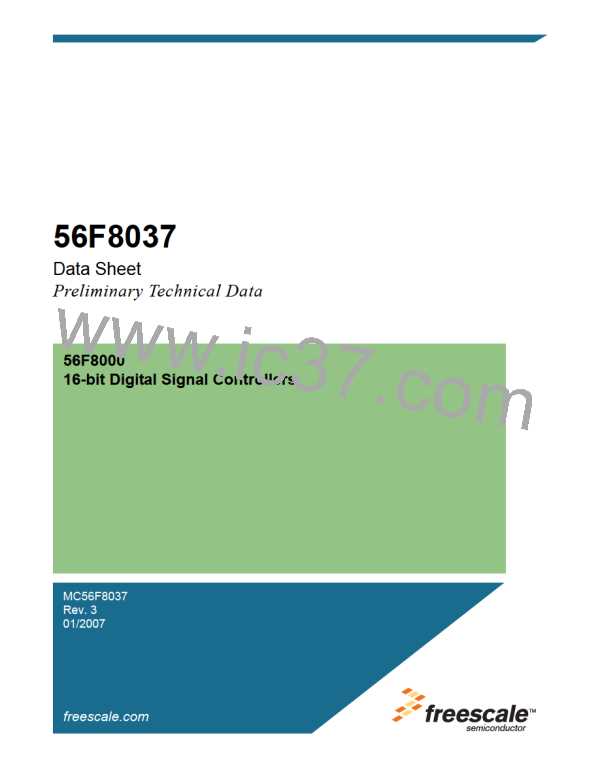Table 2-3 56F8037 Signal and Package Information for the 64-Pin LQFP (Continued)
Signal
Name
LQFP
Pin No.
StateDuring
Reset
Type
Signal Description
GPIOB9
46
Input/
Output
Input,
internal
pull-up
enabled
Port B GPIO — This GPIO pin can be individually programmed as
an input or output pin.
(SDA25
)
Serial Data 1 — This pin serves as the I2C serial data line.
CAN Receive Data — This is the MSCAN interface input.
Input/
Output
Input
(CANRX26
)
After reset, the default state is GPIOB9. The peripheral functionality
is controlled via the SIM. See Section 6.3.16.
25The SDA signal is also brought out on the GPIOB1 and GPIOB6 pins.
26The CANRX signal is also brought out on the GPIOB13 pin.
GPIOB10
30
Input/
Output
Input,
internal
pull-up
enabled
Port B GPIO — This GPIO pin can be individually programmed as
an input or output pin.
(TB027
)
Input/
Output
TB0— Timer B, Channel 0.
Output
Comparator A Output— This is the output of comparator A.
(CMPAO)
After reset, the default state is GPIOB10. The peripheral functionality
is controlled via the SIM. See Section 6.3.16.
27The TB0 signal is also brought out on the GPIOB4 pin.
GPIOB11
60
Input/
Output
Input,
internal
pull-up
enabled
Port B GPIO — This GPIO pin can be individually programmed as
an input or output pin.
(TB128
)
Input/
Output
TB1— Timer B, Channel 1.
Output
Comparator B Output— This is the output of comparator B.
(CMPBO)
After reset, the default state is GPIOB11. The peripheral functionality
is controlled via the SIM. See Section 6.3.16.
28The TB1 signal is also brought out on the GPIOA12 pin.
Return to Table 2-2
56F8037 Data Sheet, Rev. 3
32
Freescale Semiconductor
Preliminary

 FREESCALE [ Freescale ]
FREESCALE [ Freescale ]